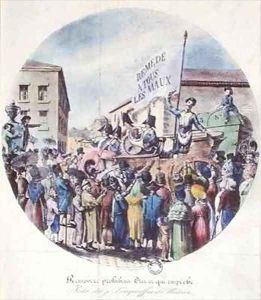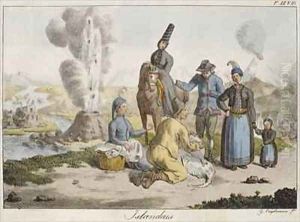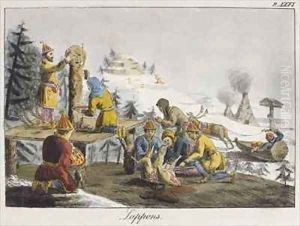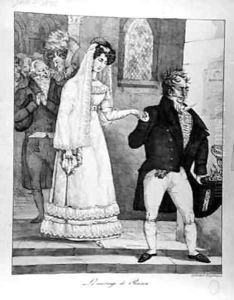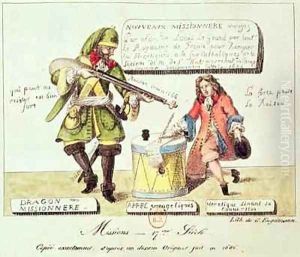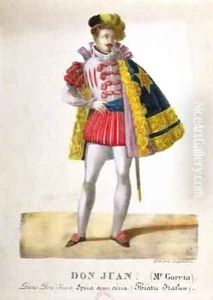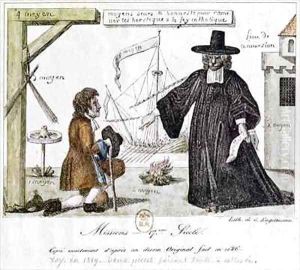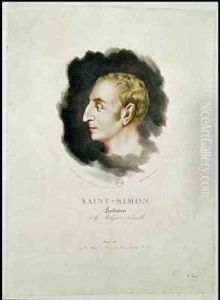Gottfried or Godefroy Engelmann Paintings
Gottfried Engelmann, also known as Godefroy Engelmann, was a pioneering figure in the field of lithography, an important printmaking process that emerged in the late 18th and early 19th centuries. Born on May 17, 1788, in the city of Mulhouse, which at the time was part of France, Engelmann was originally trained in business. However, his interests soon turned towards the arts, and particularly the burgeoning field of lithography, which had been invented by Alois Senefelder in 1796.
Engelmann moved to Munich to learn the lithographic process directly from Senefelder. In 1814, after mastering the technique, he returned to Mulhouse and established one of the first lithographic establishments in France. His business was not only significant for the production of artistic prints but also for technical and commercial applications. Engelmann's interest in improving lithography led him to invent the process of chromolithography around 1837, which allowed for the printing of images in color and greatly expanded the creative possibilities of the medium.
The impact of Engelmann's innovations was considerable. He enabled artists to reproduce their works more easily and helped in spreading the lithographic technique throughout Europe. In 1816, he opened a branch of his firm in Paris, which became a major center for lithographic printing. Engelmann's establishment was highly regarded and attracted a number of artists who wished to have their works reproduced using his methods.
Despite his success, Engelmann faced financial difficulties at various points in his career, in part due to the costs associated with technological innovation and the expansion of his business. Nevertheless, his contributions to lithography were invaluable, and his work helped to solidify the technique as a vital artistic and commercial practice.
Gottfried Engelmann died on April 25, 1839, in Mulhouse. His legacy is preserved in the quality and diversity of lithographic prints from the period, as well as in the continued use of chromolithography, which remained popular until the advent of more modern printing techniques in the 20th century. Engelmann's life and work serve as a testament to the importance of technical innovation in the history of art.
